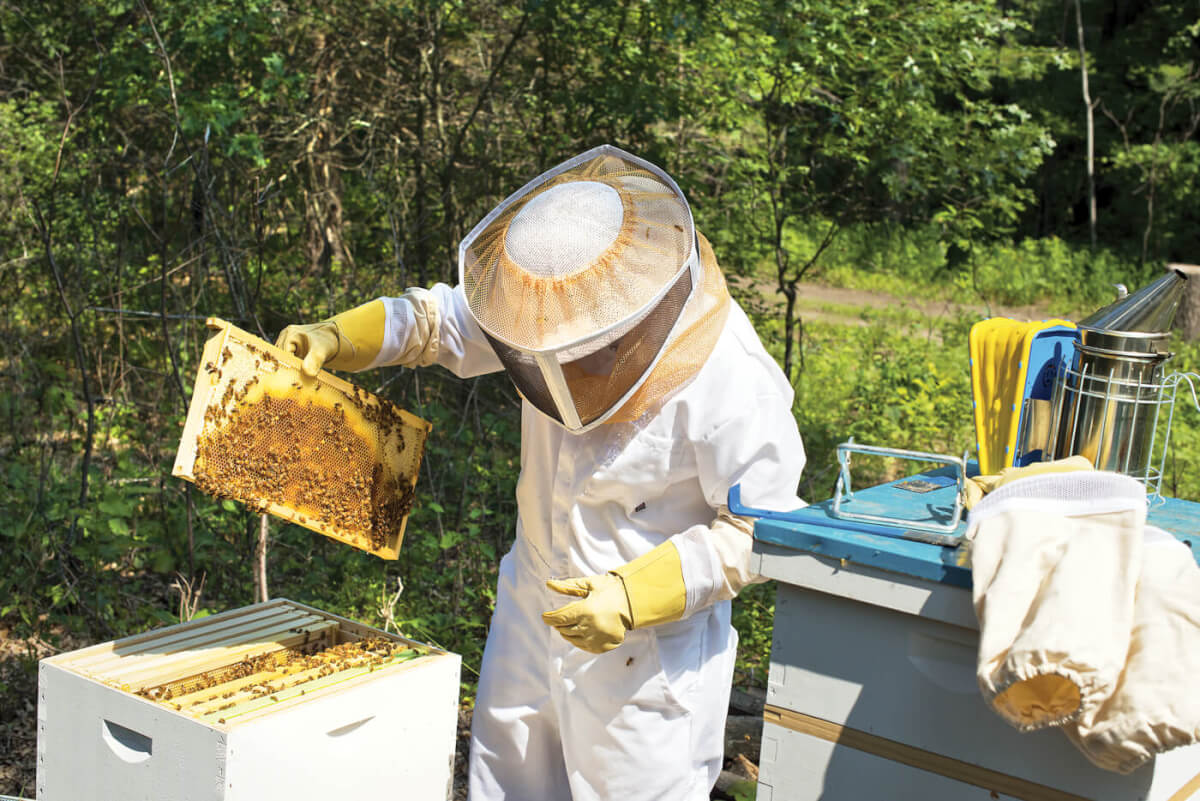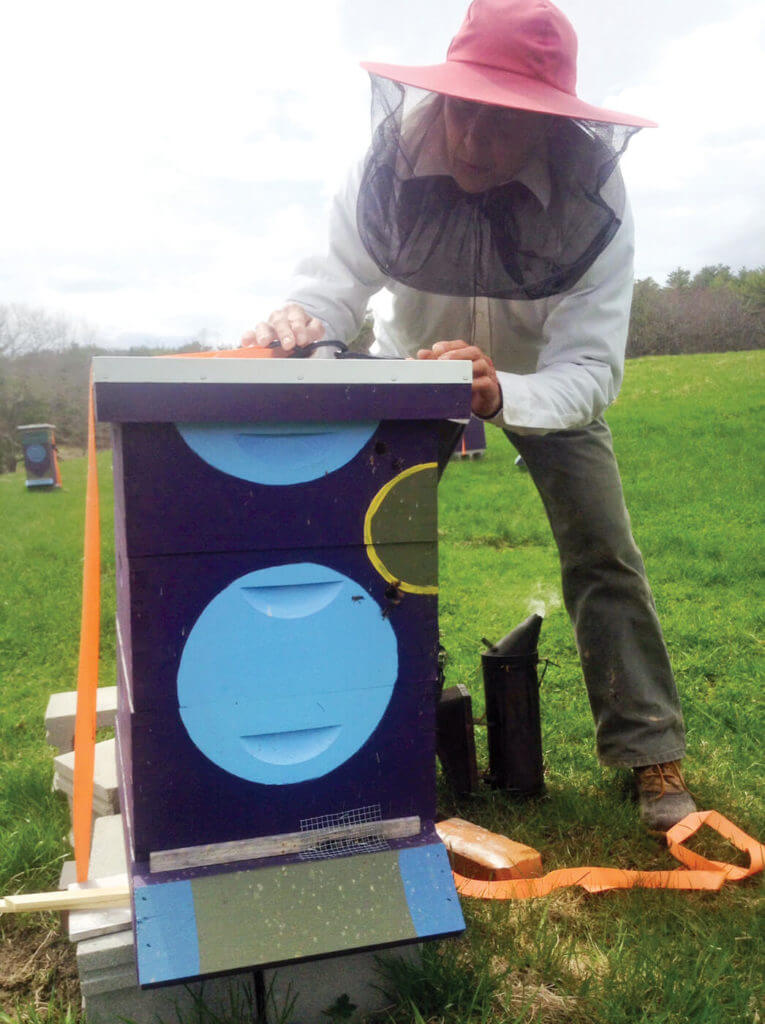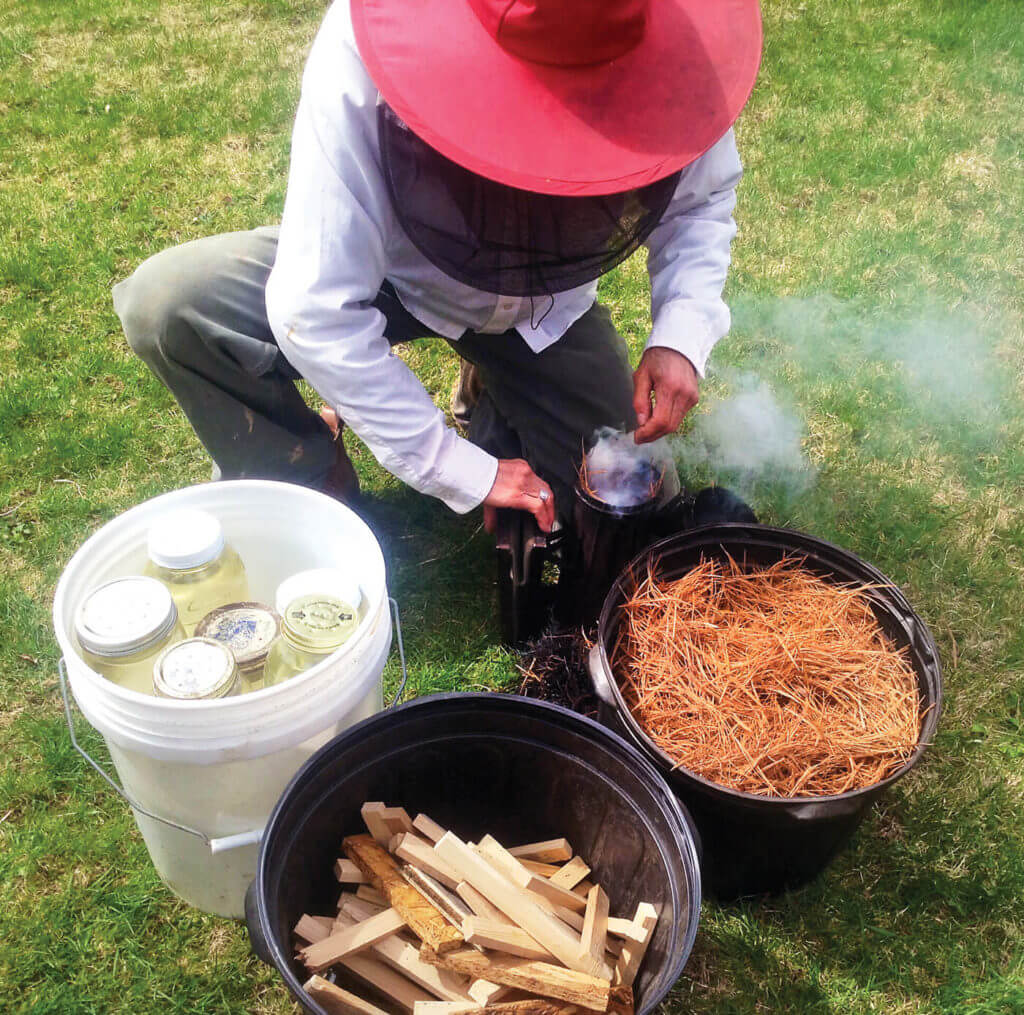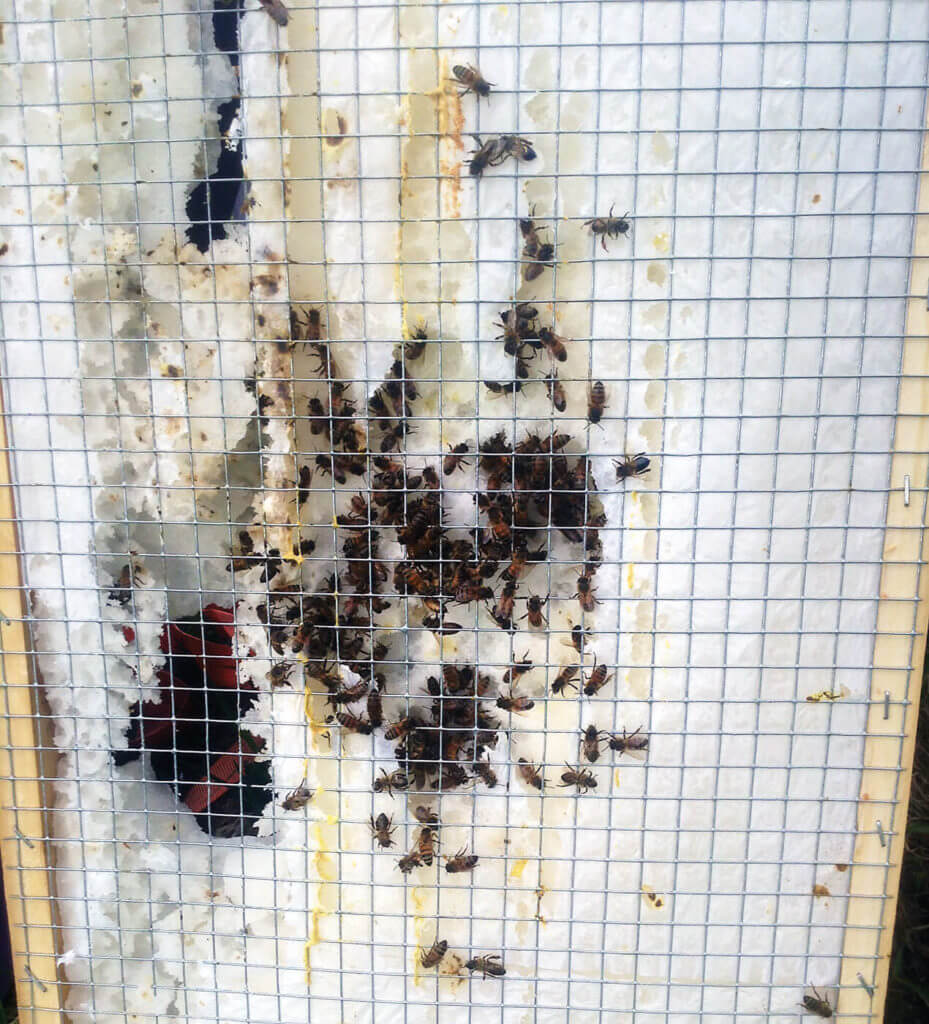Raising bees is a fantastic way to add to your homesteading stores, we all know that. But do you know how many things you can reap from bees’ work besides honey?
Raw honey is not only a great sweetener, but it contains antiviral and anti-fungal qualities that can be potent healing agents. In addition, raw honey is great for treating wounds and burns. Because of its chemical makeup, honey is a great long-term food storage item that can easily be preserved for decades. Also, don’t forget beeswax: it can be used to make anything from candles to lotions and lip balms.

Armed with the latest in beekeeping education, a few materials and the right outdoor setting, you can be an advocate for the world’s best pollinators and not only produce honey, but also work to preserve the environment one honeybee at a time.
One of the oldest forms of food production, beekeeping can be enjoyed by all ages and almost anywhere there is enough pollen for the bees to forage. Being witness to a thriving hive and its perfectly running society is also quite inspiring and teaches valuable life lessons and work ethics for anyone willing to learn. Read on to find out what you need to do to start a bee colony of your own.
A HOBBY WORTH HAVING
“If you could do one thing for the environment, be an ambassador for the bee. Think like a bee,” says Cindy Bee, whose last name was bestowed upon her family upon arriving in the states as beekeepers. Cindy is a third-generation master beekeeper with Overland Apiaries in Portland, and Jefferson, Maine.
Visiting her in the field that displays her decorative hives in deep purples and vibrant designs, she explains, “Bees are the best pollinators; they are designed for it. They are covered with hair, even their eyes have hairs on them. When they land on a flower, the electrostatic charge they produce attracts the pollen and they do this until they are covered.”
Pollination allows a flower to develop seeds or fruit and is essential for plants and crops that feed us to survive. The hive works as a complete society where every bee can perform every job, but they move through various jobs mostly based on age. The young bees start out as nurses, some move on to foragers others remain nurses or move up to nurses tending the queen. Forager bees travel from pollen source to pollen source, tirelessly bringing the pollen back, along with nectar, to feed the hive. Nurse bees feed the larvae. They also make important decisions in a hive like when to swarm which means leaving the hive or when to replace the queen.

Perhaps the greatest lessons we can learn from these busy little creatures is to first, rejoice in the good of the hive as a whole and, also, how to save for a rainy day. When a forager bee finds a prime source of food, she returns to the hive and does a dance to show her excitement and, more importantly, show the others where they can find this source. No hoarding the treasure in this community! When one wins, everyone wins, all for the good of the hive. Bees also know to make and store more honey than they need. These reserves will provide nourishment when the cold winter months arrive. Beekeepers extract some of the excess honey from the hives and the bees continue working, refilling the hive.
“For kids, it provides a wonderful learning experience. It teaches sociability, math, history and responsibility,” says Cindy.
BECOMING A BEEKEEPER
Educate Yourself: Before starting, educate yourself first. Immerse yourself in anything related to beekeeping. Read, research and reach out to other beekeepers online and offline. Most importantly, learn to recognize signs of a thriving hive and one suffering from diseases, mites or the beekeeper’s worst fear, American foulbrood. Being well educated will help you help the bees in your hive.
Location: While acres and acres are not necessary, you will need to make sure there is availability of forage for the bees to gather pollen and nectar to feed the hive. “Bees can travel up to three miles, but it’s really not in their best interest to travel that far,” Cindy reports. Instead you should have a viable source of clover, wildflowers and trees within a mile. Once the bees find a source, they will revisit and thrive.
Tools and Equipment: Start with at least two hives; this gives you the ability to compare one hive to another. You’ll need at least two boxes for each hive. Eight frame boxes provide enough room for the bees. Each frame will need a starter sheet of wax to provide a foundation for the bees to build their cells. You will also need a veil to protect your head and neck; a long-sleeve, collared white shirt will provide further protection. A hive tool, similar to putty knife but stronger, is invaluable. You can use it to pry boxes apart, scrape Propolis or wax and many other tasks. Finally, you’ll need a smoker to help keep the bees calm while you tend to the hives.
When to Start: Winter is the best time to start your education in beekeeping. Use this down time to gather as much information as possible. Late spring, or when there is enough to forage, is a good time to start. In the northern parts of the U.S., you can get two harvests of honey from the bees. One can happen near July 4, and one should take place around Labor Day. In the south, however, you will harvest once before the heat sets in during July. “After that it’s just too hot for the bees,” warns Cindy. Once you have an established hive, it is important not to open the boxes in winter; it’s too severe, and the bees are busy inside trying to maintain a warm environment.
Getting Your Bees: When you are ready to start, you can order bee kits from catalogs, online or a provider nearby. You’ll receive about 12,500 bees to start and one queen for each hive. Having done your research and learned as much as possible, you’ll have a much greater chance of success. Cindy says there comes a time when you just need to let the bees do their thing and they know what to do. There are things that can happen to a hive and it is important to recognize signs of disease or mites. Building a great network with other beekeepers will allow you to call someone and find answers to problems or questions you may have in your hive.
GET BUSY AS A BEE
Get started now! The honeybee needs all the help and publicity it can get. We depend on these industrious little creatures for the food we love so much. If beekeeping seems a bit daunting at first, but you still want to do something, then plant flowers, fruit trees and for goodness sake, leave the dandelions in your yard. This is precious food for the bees, and in turn, for you.
- Honey contains vitamins, antioxidants, is fat-free, cholesterol-free and sodium-free
- Honey never spoils, and no refrigeration is necessary
- High fructose levels make honey 25 percent sweeter than sugar
- Honey speeds healing of open wounds and combats both infections and scarring
Editor’s note: A version of this article first appeared in the August 2014 print issue of American Survival Guide.





